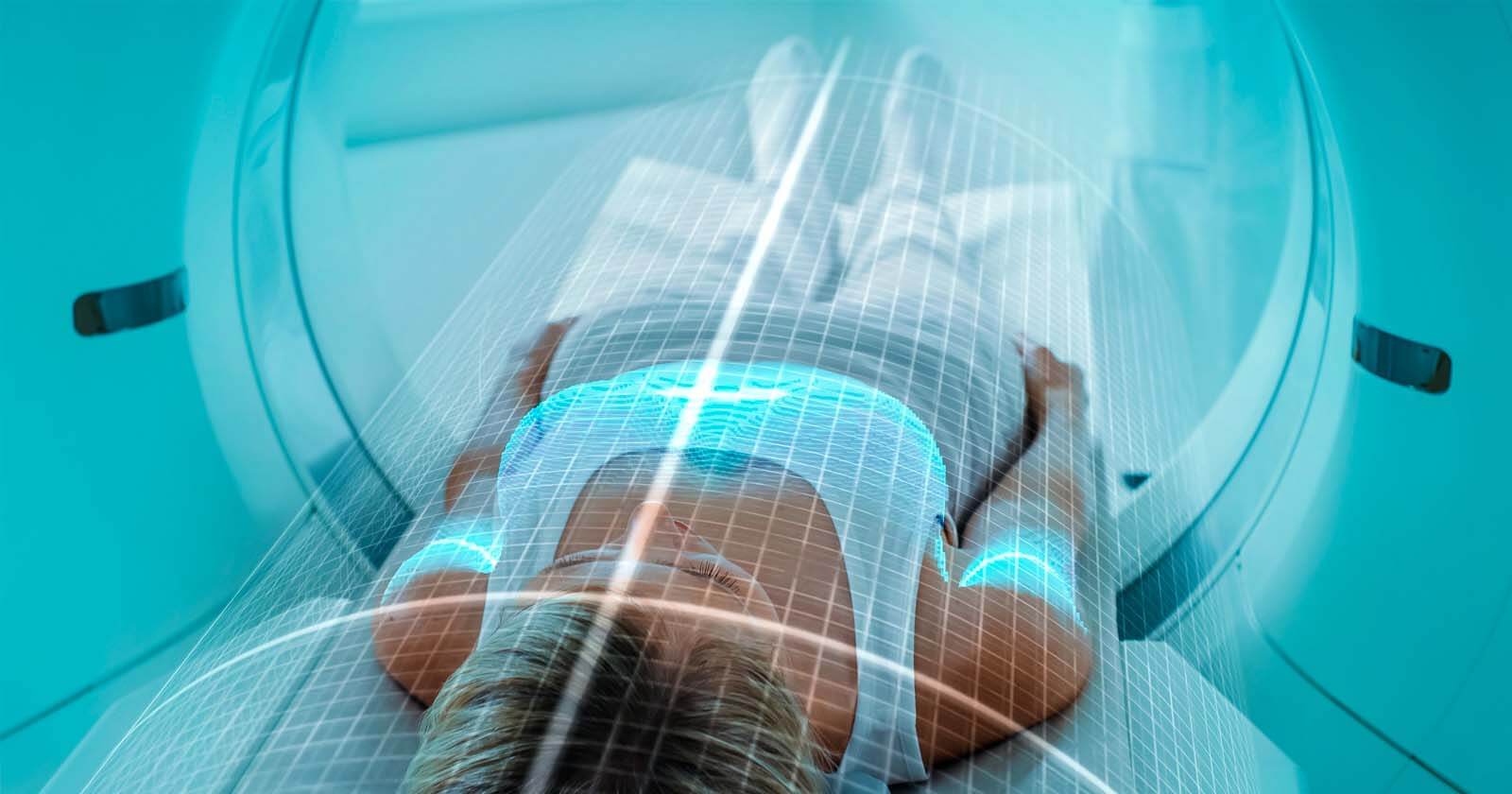PET CT scans are often used to diagnose and monitor a variety of conditions, including cancer, heart disease, and brain disorders.
Before having a PET scan, your doctor may ask you to avoid certain foods or medications and possibly even fast for a few hours. This is to ensure the accuracy of the scan. You may also be asked to rest before the scan as physical activity can affect the results. It’s important to carefully follow your doctor’s instructions to get the most accurate scan possible.
PET scans are generally considered a safe and effective way to diagnose and monitor medical conditions, as the amount of radiation you are exposed to is low and the benefits of the scan typically outweigh any potential risks. However, it is important to speak with your doctor if you have any concerns before undergoing a PET scan, particularly if you are pregnant or breastfeeding, or if you have allergies or kidney problems. Your doctor can help you understand the potential risks and benefits of the scan and assist you in determining if it is the right choice for you.
PSMA PET Scan for Prostate Cancer
PSMA PET scans, a specialized type of imaging test, are becoming all the rage in Canada for detecting prostate cancer? While they may not be available everywhere just yet, they’re definitely worth considering if you’re interested in staying on top of your prostate health. To learn more about whether a PSMA PET scan might be a good fit for you, just chat with your doctor or a prostate cancer specialist. They’ll have all the scoop on availability and the potential benefits of these cutting-edge scans.
And that’s not all – there are all sorts of other exciting PET scans out there too! For example, dotatate PET scans use a special chemical called dotatate that’s injected into the body and absorbed by certain cells. The PET scan machine can then pick up on the dotatate and create beautiful images of the tissues and organs where it’s present. These scans are often used to search for cancer in the pancreas, thyroid, and other parts of the body.
And that’s just the tip of the iceberg – there are all sorts of specialized PET scans that can be used to look for specific types of problems or diseases. For instance, there are PET scans that can be used to search for Alzheimer’s disease and other forms of dementia, as well as scans that can be used to diagnose and monitor brain injuries and disorders. And if you’re feeling under the weather, there are even PET scans that can be used to look for infections, inflammation, and other types of diseases.
PET scans may seem intimidating, but they’re just one of the many tricks up a doctor’s sleeve when it comes to diagnosing and treating medical conditions. Think of them as just one piece of the puzzle. Doctors also use things like blood tests, x-rays, and biopsies to get a full picture of a patient’s health. And they don’t stop there – they take into account a patient’s medical history and other factors to determine the best course of action. So while PET scans may be part of the process, trust that your doctor has all the tools and information they need to get you back to feeling your best.
Are you curious about PET scans and how they can benefit your health?
Great news! PET scans are just one of the many tools that doctors and healthcare professionals use to diagnose and treat medical conditions. In fact, they’re often used in combination with other tests and procedures like blood tests, x-rays, and biopsies to get a complete picture of a patient’s health. So don’t hesitate, talk to your doctor about how PET scans can be a valuable part of your healthcare journey. And remember, knowledge is power when it comes to your health. Stay informed and be an active participant in your own healthcare to ensure the best possible care. Trust us, your doctor has all the tools and information they need to help you feel your best.
PET scans are a truly remarkable tool for doctors and healthcare professionals. Not only can they reveal the inner workings and structure of the body, but they can also provide valuable insights into diseases like cancer. By showing how the disease is affecting the body and how it’s likely to progress, PET scans can help doctors make informed decisions about the best course of action. And when it comes to monitoring the effectiveness of treatment, PET scans are a crucial asset.
But here’s the best part – PET scans are generally non-invasive and painless. No need for surgery or other procedures, just lay back and relax on a comfortable table while the scan is being performed. The only preparation required is usually to avoid certain foods and medications beforehand and to fast for a few hours. It’s a small price to pay for such an invaluable tool in the quest for optimal health.
PET scans are medical tests that can give doctors valuable information about your health, but it’s important to be aware of some of their limitations. One thing to consider is cost – if your insurance or healthcare plan doesn’t cover the cost of the PET scan, you might have to pay for it yourself or look for financial assistance. Another limitation is availability – not all hospitals or medical centers offer PET scans, so you might have to travel to have the test done.
It’s also important to be aware of the accuracy of PET scans.
While they can be very useful, they can sometimes produce false positive or false negative results. This means they may show a problem that isn’t actually there, or they may not show a problem that is present. To help make sure you get accurate results, it’s important to follow your healthcare team to instructions carefully and tell them about any allergies or medical conditions you have that might affect the accuracy of the scan.
Despite these limitations, PET scans can still be very helpful for both you and your doctor. If you have any questions or concerns about PET scans, or if you’re thinking about having one, it’s always a good idea to talk to your doctor. They can give you more information and help you make a decision about whether a PET scan is the right choice for you.







